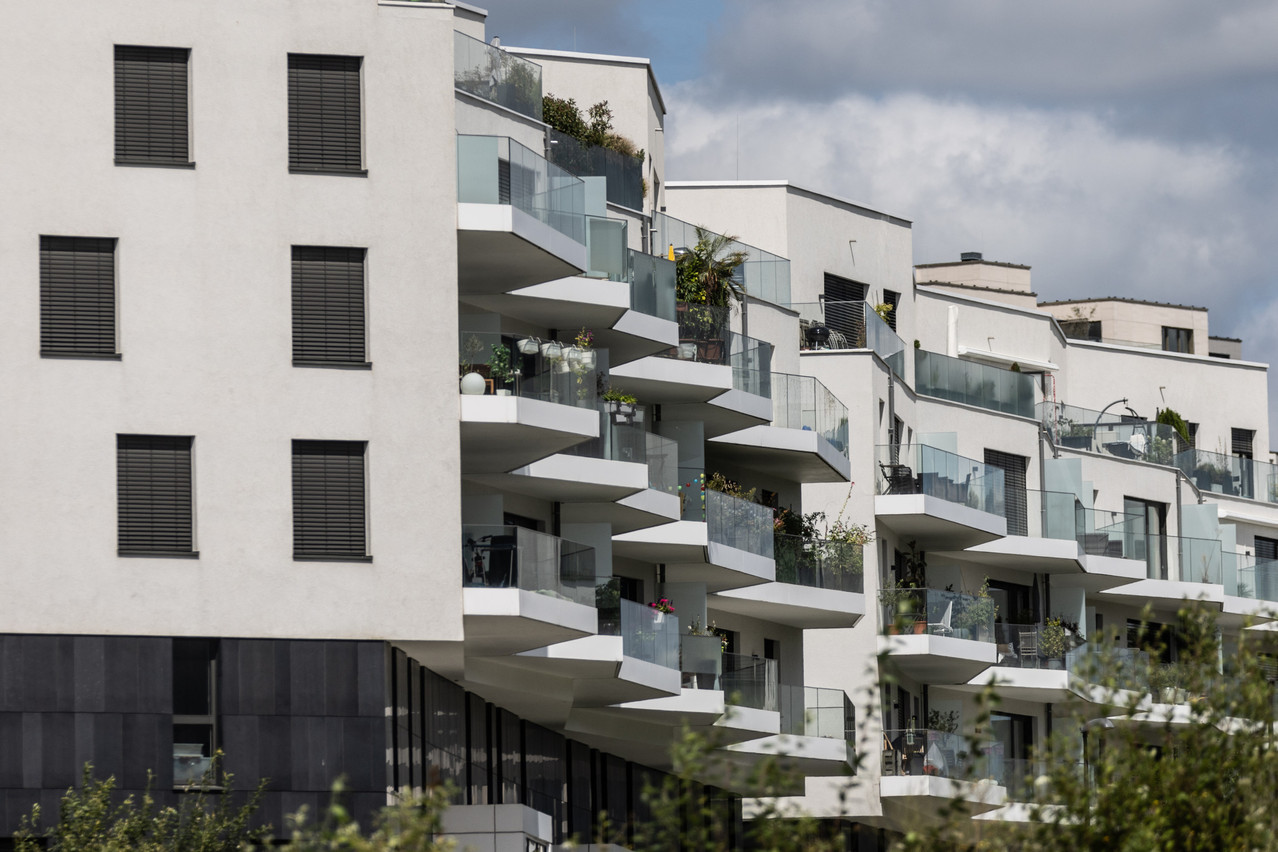Eurostat’s “, published on Thursday 28 November, highlights the disparities in the housing sector within the European Union. Using detailed data, the EU’s statistics bureau compares the situation of the housing market in the member states and how Luxembourg stacks up relative to other countries. Here are the three main findings:
Property and houses in the lead
One of the main conclusions of the report is that 69% of European households own their home. Luxembourg is slightly below this average, with a rate of 67.6%. While the country lags far behind countries such as Romania, where 96% of the population are homeowners, it is closer to its direct neighbours: France (63%) and Belgium (72%). Conversely, Germany is the exception in the European Union, with more people renting (52%) than owning their own home.
In terms of type of accommodation, people in the grand duchy prefer houses. Around 60% of the population live in a house, compared with 51.7% in the EU. This trend is even more pronounced in Luxembourg’s rural areas, where eight out of ten live in a house.
Spacious but oversized homes
Luxembourg also stands out for the quality of its homes. With an average of 2.2 rooms per inhabitant, the country leads the EU in this ranking, on par with Malta. What’s more, only 7.4% of Luxembourg households were living in overcrowded accommodation in 2023, half the European average (16.8%).
While living too close together in Luxembourg is not a problem, too much space is a different matter. Nearly 60% of people in the grand duchy live in accommodation that is too big for their needs, “a situation typical of ageing households or families whose children have left home,” says the report.
The quality of housing is not limited to the space available. It also includes criteria such as thermal insulation, watertightness of roofs and the condition of foundations. In 2023, 10.6% of the population in the EU could not afford to heat their homes properly. The most worrying figures were observed in Spain, Portugal (20.8% each) and Bulgaria (20.7%), while Luxembourg again stood out, with only 2.1% experiencing this problem.
Housing costs among the highest in Europe
While Luxembourg stands out for the quality of its housing, its cost remains a major challenge. In 2023, people in Luxembourg spent a quarter of their disposable income--27.6% to be precise--on their homes, a figure well above the European average of 19.7% and among the highest in the EU, behind Greece (35.2%) and Denmark (25.9%).
The financial burden is particularly heavy for many households: more than one in five spend more than 40% of their income on housing.
The highest housing costs in 2023 compared to the EU average were found in Ireland (101% above the EU average), Luxembourg (86% above the EU average) and Denmark (80% above above the EU average).
This article was originally published in .
